In 1896, a Swedish scientist named Svante Arrhenius made a simple yet extraordinary observation. He proposed that industrial emissions of carbon dioxide could warm the Earth’s atmosphere. More than a century later, the world finds itself reckoning with the full consequences of that idea.
Today, floods drown cities, wildfires darken skies, and heatwaves disrupt power grids. The warnings are no longer confined to academic papers—they are breaking news. And yet, the gap between science and policy, discovery and action, continues to challenge the future of our planet.
This article traces the birth of climate science, the slow evolution of political will, and the growing urgency to act. It revisits the landmark work of Arrhenius, unpacks the science behind anthropogenic climate change, connects it to present-day crises, and calls attention to what must come next.
The Swedish scientist who saw the future
In the chill of a Stockholm winter in 1896, Svante Arrhenius, a physical chemist, sat calculating the role of carbon dioxide in Earth’s energy balance. His paper, titled “On the influence of carbonic acid in the air upon the temperature of the ground,” would later be hailed as the foundation of modern climate science.
Working at Stockholm University, Arrhenius hypothesised that a doubling of atmospheric CO₂ could increase global temperatures by around 5 to 6°C. His prediction, remarkably close to today’s climate projections, was based on the principles of radiative forcing and the infrared absorption of greenhouse gases. What he couldn’t foresee, however, was the exponential growth of emissions to come—or the political inertia that would greet it.
His research marked the first scientific argument that human activity could alter Earth’s climate. Yet for decades, it was regarded more as a curiosity than a crisis. But as industrialisation surged, so did the CO₂.
From hypothesis to crisis
For much of the 20th century, climate science was sidelined by more immediate concerns—wars, economic depressions, and the nuclear age. It wasn’t until the late 1950s that scientists began systematically measuring atmospheric carbon dioxide.
One key turning point came from Charles David Keeling, whose measurements at Mauna Loa Observatory in Hawaii gave rise to the famous “Keeling Curve”. It revealed a consistent and alarming upward trend in CO₂ levels. The curve showed the invisible becoming visible: a rising tide of emissions tied directly to fossil fuel use.
In parallel, scientists worldwide began building climate models to simulate how greenhouse gases affect the Earth’s atmosphere. These models, based on thermodynamics and fluid dynamics, offered increasingly accurate predictions of warming trends. By the 1980s, the scientific consensus was growing: global warming wasn’t a distant threat—it had already begun.
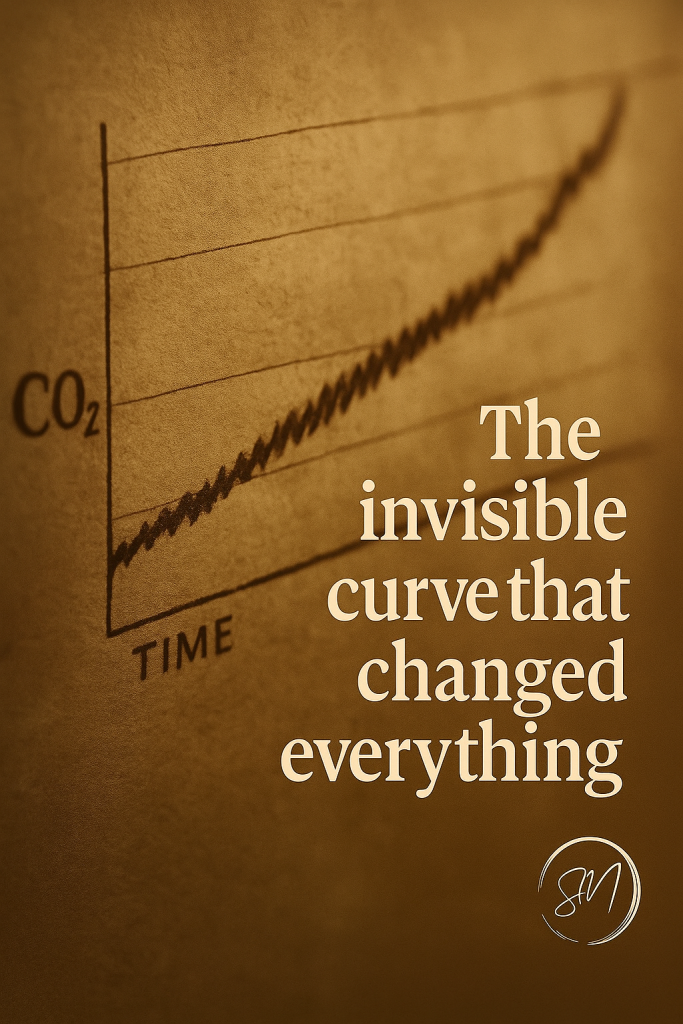
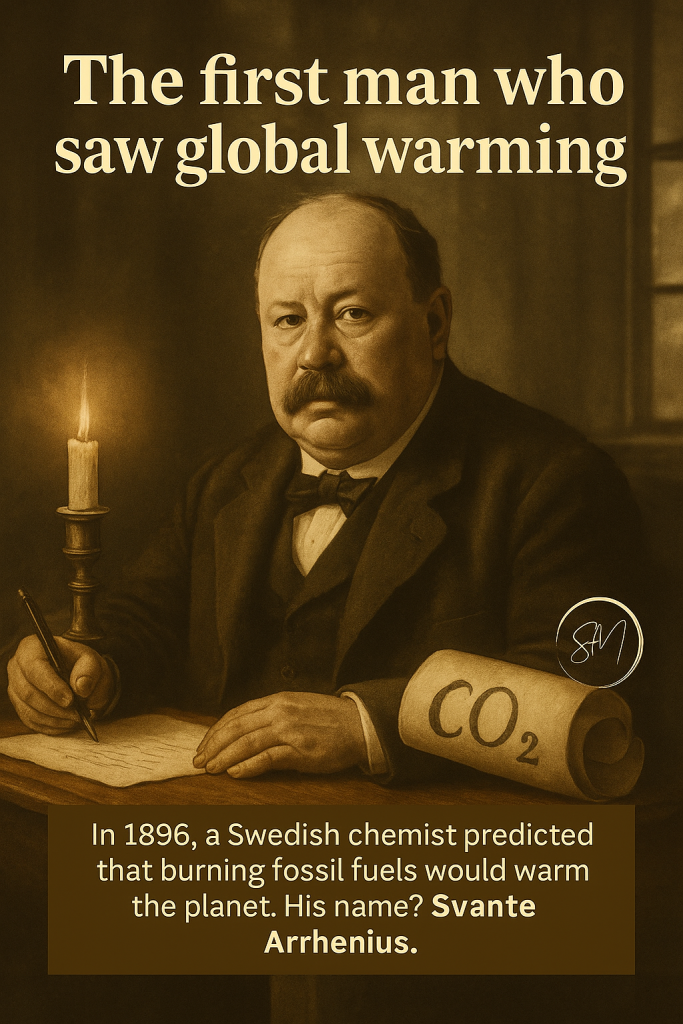
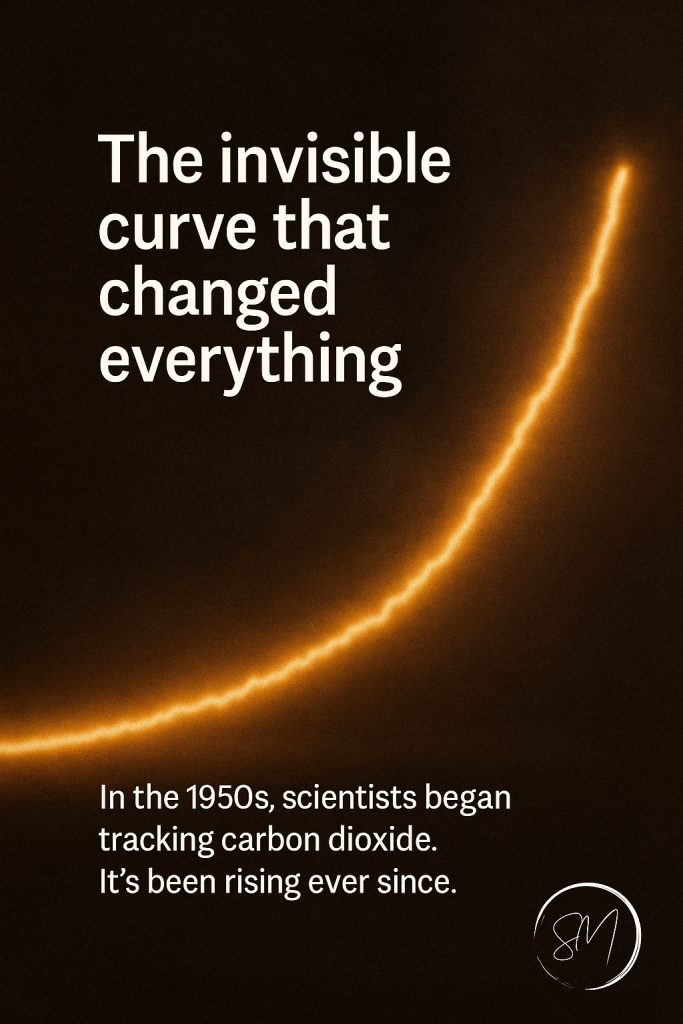
A slow march to global governance
Despite mounting scientific evidence, it took nearly a century after Arrhenius’ discovery for the international community to respond.
In 1992, the United Nations Framework Convention on Climate Change (UNFCCC) was established at the Earth Summit in Rio de Janeiro. It represented the first global agreement to stabilise greenhouse gas concentrations at a level that would “prevent dangerous anthropogenic interference with the climate system.”
The framework laid the foundation for all subsequent climate negotiations, including the Kyoto Protocol (1997) and the Paris Agreement (2015). But the lag between discovery and diplomacy was stark: nearly 100 years had passed since the first warnings were made.
According to the IPCC’s Sixth Assessment Report, current pledges under the Paris Agreement are insufficient to limit warming to 1.5°C above pre-industrial levels. Global emissions need to fall by at least 45% by 2030 to meet that goal. Instead, emissions rose by over 1.1% in 2023 alone.
Climate tipping points: How close are we?
Scientists warn that the Earth’s climate system contains several tipping points—thresholds beyond which changes become irreversible. These include the melting of polar ice sheets, the collapse of the Amazon rainforest, and the thawing of permafrost releasing vast amounts of methane.
Recent research published in Nature Climate Change and Science suggests that some tipping points may be closer than previously thought. Arctic sea ice is declining at an unprecedented rate. Greenland’s ice sheet is losing 250 billion tonnes of ice per year. Coral bleaching events now occur annually, decimating biodiversity hotspots.
These processes not only amplify global warming but also undermine the resilience of ecosystems and human societies. Droughts and food insecurity are displacing communities across Africa and Asia. Heatwaves in Europe are now up to ten times more likely due to climate change, according to World Weather Attribution.
The role of technology and innovation
While political action lags, technology is accelerating. Advances in renewable energy, carbon capture, and climate modelling are reshaping the fight against global warming.
Wind and solar power are now cheaper than coal in many regions. Countries like Denmark and India have invested heavily in renewables, with solar capacity in India increasing by over 300% in the last five years. Electric vehicle sales are soaring, with projections estimating 60% of new car sales globally will be electric by 2030.
New climate models, including AI-assisted simulations, are improving our understanding of regional climate impacts. Meanwhile, satellite systems monitor methane leaks, forest loss, and ocean heat content in near real-time.
Researchers at Stockholm University, NASA, and the UK Met Office continue to refine these tools, offering crucial data for adaptation and mitigation strategies.
Climate denial, delay, and disinformation
Despite clear evidence, the path to climate action has been obstructed by fossil fuel lobbying, disinformation campaigns, and political denial.
Major oil companies were aware of the risks of climate change as early as the 1970s. Internal memos from ExxonMobil, uncovered in investigations by Inside Climate News and the Los Angeles Times, revealed that scientists within these firms accurately predicted global warming trends—but their warnings were suppressed or contradicted in public.
A comprehensive study by Supran and Oreskes in Environmental Research Letters showed how ExxonMobil’s public messaging consistently cast doubt on climate science even while its internal scientists acknowledged its validity.
Today, climate denial has shifted from outright rejection to more insidious forms of delay. Narratives around “technological optimism” or “personal responsibility” are used to deflect from systemic reform. The challenge is no longer just about informing the public, but combating a coordinated misinformation ecosystem.
Current flashpoints and global summits
The COP28 summit in Dubai marked a historic, if controversial, moment. For the first time, nations agreed to a “transition away from fossil fuels”—albeit with vague language and no enforcement mechanism.
Meanwhile, the European Union’s Green Deal, the US Inflation Reduction Act, and China’s renewable manufacturing boom are shaping the geopolitics of climate leadership.
But conflicts remain. Low- and middle-income countries are demanding climate finance for loss and damage—compensation for the impacts they face despite contributing the least to emissions. As of 2024, only a fraction of the promised $100 billion in climate finance has been delivered.
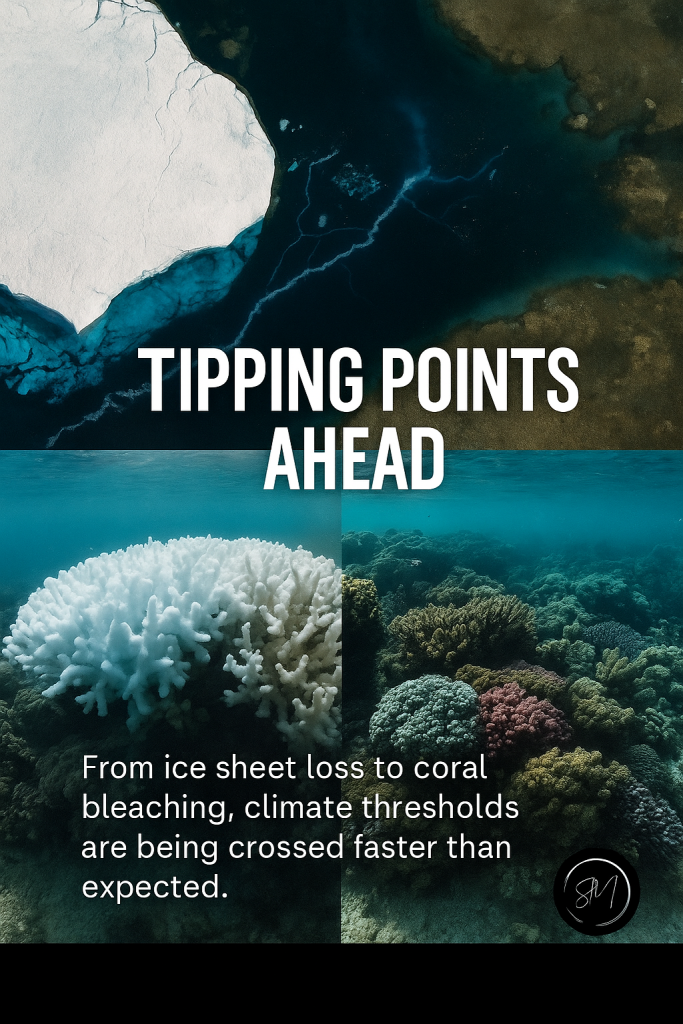
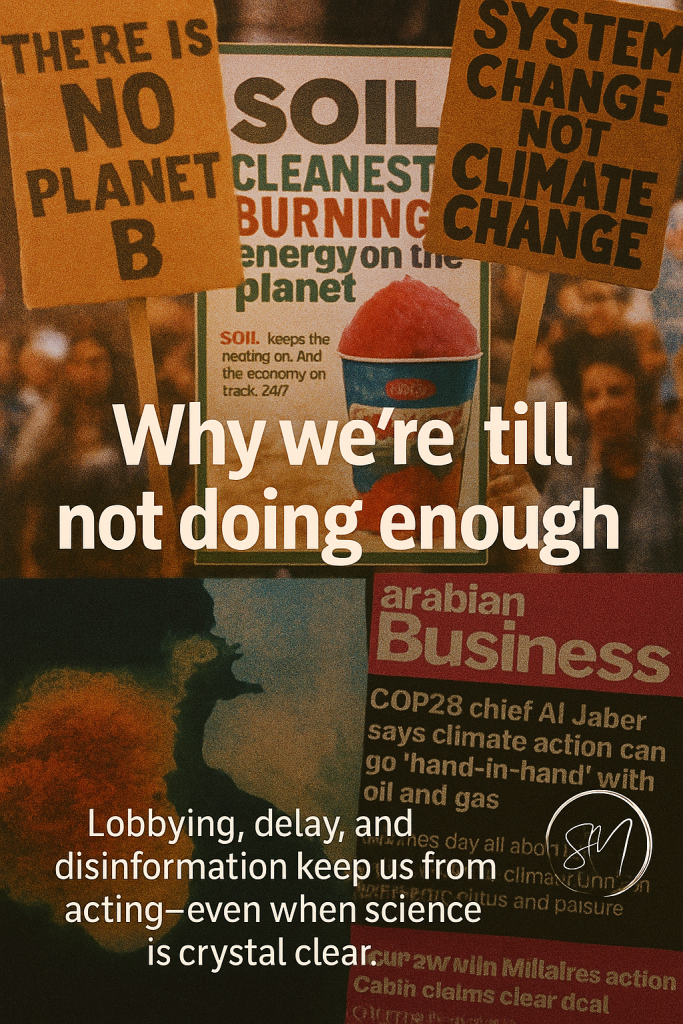
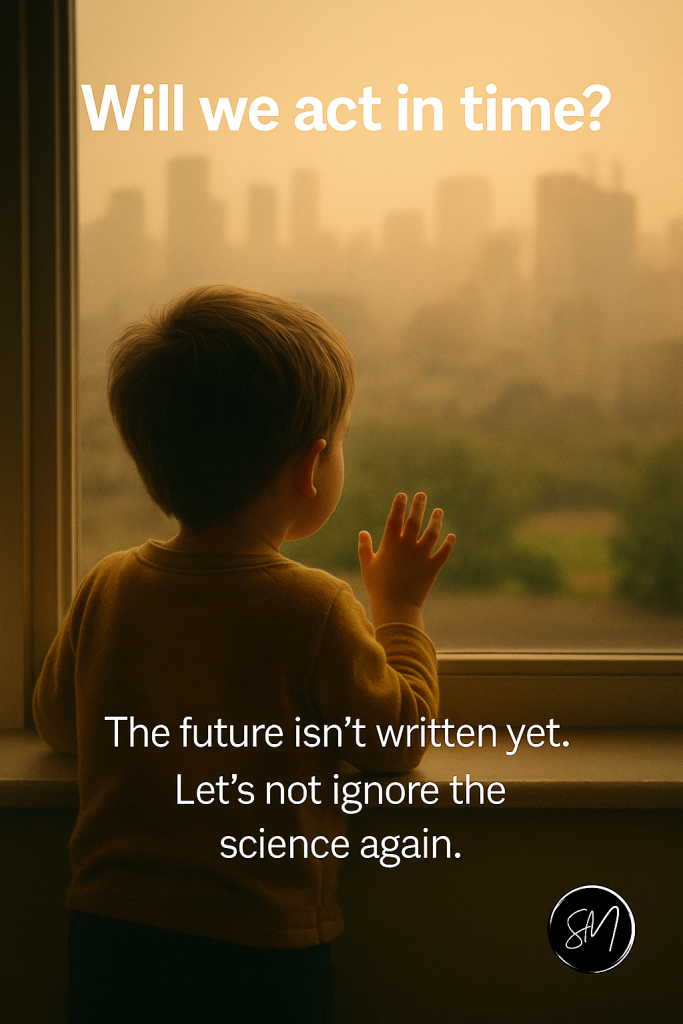
Climate justice and intergenerational equity
Anthropogenic climate change is more than a scientific issue; it is a justice issue.
Communities least responsible for emissions suffer the most. Indigenous peoples, small island nations, and marginalised populations often lack the resources to adapt. Their voices, however, are gaining ground—from Greta Thunberg’s school strikes to Pacific island diplomats demanding legal climate protections.
A 2021 paper in Science by Thiery and colleagues found that children born today will experience up to seven times more extreme climate events than their grandparents. The burden of climate change is generational—and profoundly unequal.
What comes next: Science as a compass
Science has never been clearer. The latest IPCC report concludes with “high confidence” that human influence is the main driver of observed global warming.
But the climate crisis is not just a test of science—it is a test of governance, solidarity, and vision. The next ten years will determine whether we avoid catastrophic climate change or cross irreversible thresholds.
And so, we return to the central figure of this story: Svante Arrhenius, who saw the future more than a hundred years ago.
The world is no longer blind to the consequences. The question is: will it act?
Are we still willing to ignore science until disaster knocks harder? Or will this be the decade where knowledge finally powers change?
To move from awareness to action, citizens, institutions, and leaders must treat climate science not as a warning but as a guide. The atmosphere has a memory—and it is watching.
References
- Arrhenius, S. (1896). On the influence of carbonic acid in the air upon the temperature of the ground. Philosophical Magazine and Journal of Science, 41(251), 237–276.
https://doi.org/10.1080/14786449608620846 - Keeling, C. D. (1960). The concentration and isotopic abundances of carbon dioxide in the atmosphere. Tellus, 12(2), 200–203.
https://doi.org/10.1111/j.2153-3490.1960.tb01300.x - Intergovernmental Panel on Climate Change (IPCC). (2023). Sixth Assessment Report (AR6): Synthesis Report.
https://doi.org/10.59327/IPCC/AR6-9789291691647 - Lenton, T. M., Rockström, J., Gaffney, O., Rahmstorf, S., Richardson, K., Steffen, W., & Schellnhuber, H. J. (2019). Climate tipping points — too risky to bet against. Nature, 575(7784), 592–595.
https://doi.org/10.1038/d41586-019-03595-0 - Armstrong McKay, D. I., Staal, A., Abrams, J. F., Winkelmann, R., Sakschewski, B., Loriani, S., … & Lenton, T. M. (2022). Exceeding 1.5°C global warming could trigger multiple climate tipping points. Science, 377(6611), eabn7950.
https://doi.org/10.1126/science.abn7950 - Otto, F. E. L., van Oldenborgh, G. J., Eden, J., Thompson, V., Haustein, K., King, A., … & Allen, M. R. (2018). Attribution of extreme weather events in the context of climate change. Nature Climate Change, 8(6), 518–524.
https://doi.org/10.1038/s41558-018-0155-3 - Supran, G., & Oreskes, N. (2017). Assessing ExxonMobil’s climate change communications (1977–2014). Environmental Research Letters, 12(8), 084019.
https://doi.org/10.1088/1748-9326/aa815f - Thiery, W., Lange, S., Rogelj, J., Schleussner, C.-F., Gudmundsson, L., Seneviratne, S. I., … & Reichstein, M. (2021). Intergenerational inequities in exposure to climate extremes. Science, 374(6564), 158–160.
https://doi.org/10.1126/science.abi7339 - United Nations Framework Convention on Climate Change (UNFCCC). (1992). United Nations Framework Convention on Climate Change.
https://unfccc.int/resource/docs/convkp/conveng.pdf - World Weather Attribution (WWA). (2023). Extreme weather made more likely by climate change.
https://www.worldweatherattribution.org







